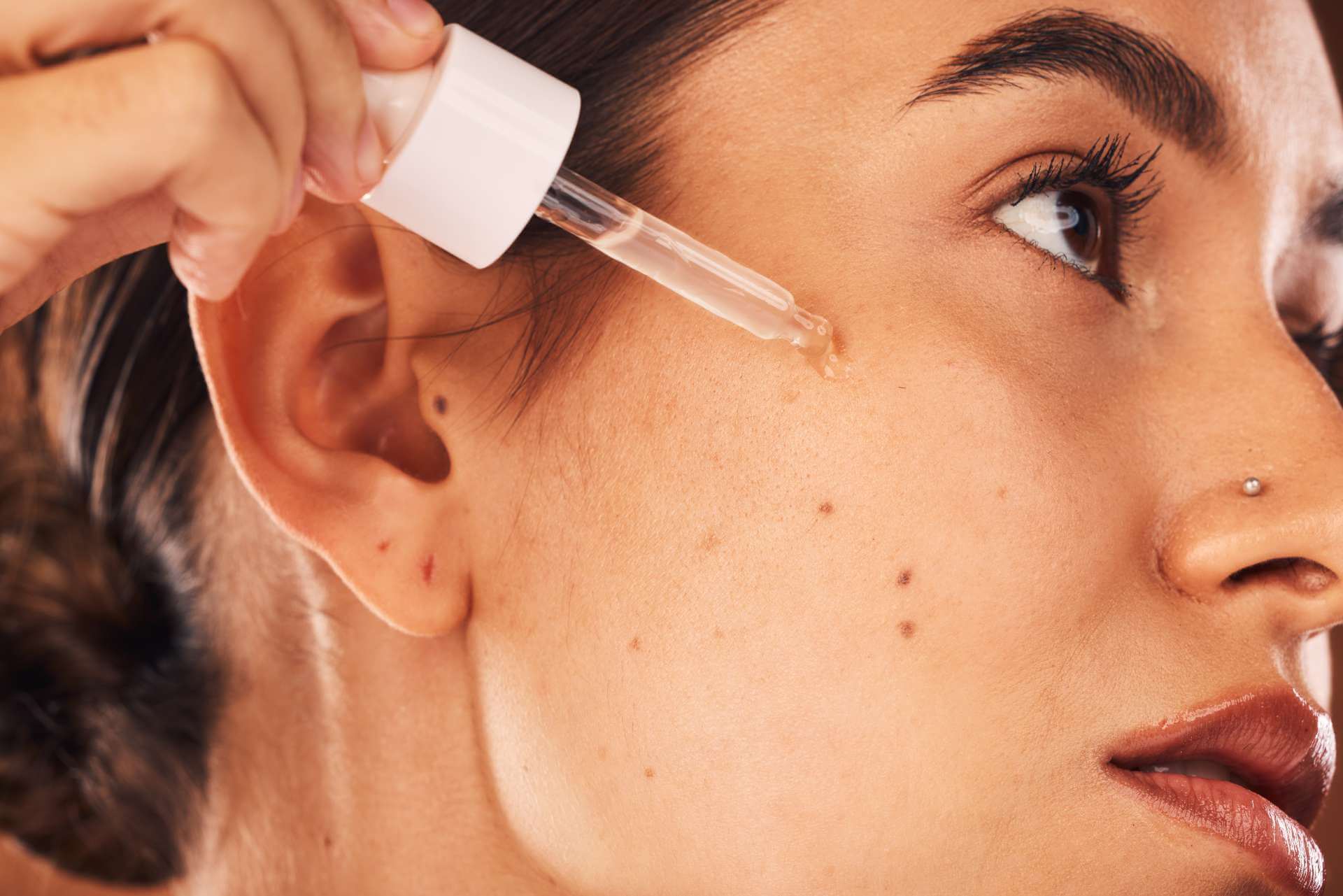There’s no doubt about it—retinol is a game-changer in skincare. It’s hailed as the gold standard for addressing wrinkles, acne, and uneven skin tone. But the question remains: when is the right time to introduce it into your skincare routine? The answer isn’t as straightforward as slapping on a product at the first sign of fine lines or blemishes. It’s a million-dollar question because starting at the right time can maximize benefits and minimize risks.
Here’s where it gets exciting: retinol has something to offer almost everyone, but timing is everything. From teenagers battling stubborn acne to those in their 30s and beyond hoping to maintain youthful, radiant skin, there’s a sweet spot for every age. Let’s explore why—and when—you should make retinol your skincare ally.
What Is Retinol, and Why Is It So Popular?
Retinol isn’t just another trendy skincare ingredient; it’s backed by decades of scientific research. Derived from vitamin A, retinol is a type of retinoid that works by stimulating cell turnover and increasing collagen production. Over time, this helps smooth fine lines, fade dark spots, and clear acne.
Here’s a jaw-dropping fact: According to a 2016 study published in Dermatology and Therapy, retinoids are among the most extensively studied anti-aging compounds, with evidence showing their ability to reduce visible signs of aging significantly.
Despite its remarkable benefits, retinol can be intimidating, especially for first timers. Stories of redness, peeling, and sensitivity can make anyone hesitant. However, with the right timing and approach, you can sidestep these issues and unlock retinol’s full potential.
The Teenage Years: A Head Start for Acne Control
If you’re dealing with persistent breakouts, retinol could be your secret weapon. Dermatologists often recommend starting retinol in your late teens or early 20s if acne is a concern. Retinol helps unclog pores, reducing the frequency and severity of breakouts while preventing post-acne marks.
However, less is more at this stage. A pea-sized amount of a gentle, over-the-counter retinol once or twice a week is usually sufficient. Look for products labeled “beginner-friendly” and always pair them with a hydrating moisturizer to minimize irritation.
The 20s: Preventive Care Without Overdoing It
Your 20s are a prime time for prevention. While your skin might still be glowing from its youthful elasticity, this is when environmental damage and lifestyle factors—like sun exposure, pollution, and late nights—start to take their toll. Retinol can help offset early signs of aging, like dullness or fine lines forming around the eyes and mouth.
Introduce retinol gradually into your nighttime routine. Start with a low concentration, such as 0.25%, and build up as your skin adjusts. Remember, sunscreen is non-negotiable when using retinol. Without it, the UV sensitivity caused by retinol can lead to more harm than good.
The 30s: Time to Boost Collagen
By the time you hit your 30s, collagen production begins to decline noticeably—by about 1% per year. This can lead to the formation of fine lines, uneven skin texture, and reduced elasticity. Retinol at this stage becomes essential for maintaining youthful skin.
Opt for a slightly higher concentration of retinol, like 0.5%, and use it three to four times a week. At this stage, your skin may tolerate stronger formulas, but don’t rush. Let your skin acclimate gradually to avoid irritation. Supporting your routine with nourishing products, like ceramide-based moisturizers, can make all the difference.

The 40s and Beyond: Reversing Damage and Refining Skin
The 40s and 50s are when retinol truly shines as an anti-aging powerhouse. Wrinkles, hyperpigmentation, and loss of firmness become more prominent, and retinol can help address these concerns effectively. At this stage, you may want to consider prescription-strength retinoids for faster results.
Consistency is key. Applying retinol every other night and pairing it with hydrating and repairing ingredients, such as peptides and hyaluronic acid, can amplify its effects. You may also benefit from consulting a dermatologist to tailor your routine to your skin’s evolving needs.
The Role of Lifestyle in Your Retinol Journey
No matter your age, retinol isn’t a one-size-fits-all solution. Your lifestyle plays a significant role in determining when and how you should use it. If you’re frequently exposed to the sun, work in a harsh environment, or have sensitive skin, these factors should influence your approach.
For example, those with sensitive skin may prefer retinaldehyde, a milder retinoid that provides similar benefits with less risk of irritation. Meanwhile, those who spend ample time outdoors must be extra vigilant with sunscreen and may need to limit retinol use during sunny months.
The Importance of Patience and Consistency
One of the biggest mistakes people make with retinol is expecting overnight results. It takes time—sometimes months—to see visible changes. But trust the process. Retinol works beneath the surface, promoting long-term improvements that are well worth the wait.
Consistency is non-negotiable. Skipping applications or switching between products too frequently can disrupt your skin’s progress. Stick with a routine that works for you and adjust only if needed.
Skincare Is Personal—Listen to Your Skin
When should you start using retinol? The answer depends on your unique skin concerns, lifestyle, and goals. Whether you’re a teenager battling acne, a 20-something looking to prevent early signs of aging, or someone in your 40s reclaiming youthful skin, there’s a place for retinol in your routine.
The bottom line? Start slow, stay consistent, and always protect your skin with sunscreen. With time, retinol can transform your skincare game, revealing healthier, smoother, and more radiant skin at any age.








